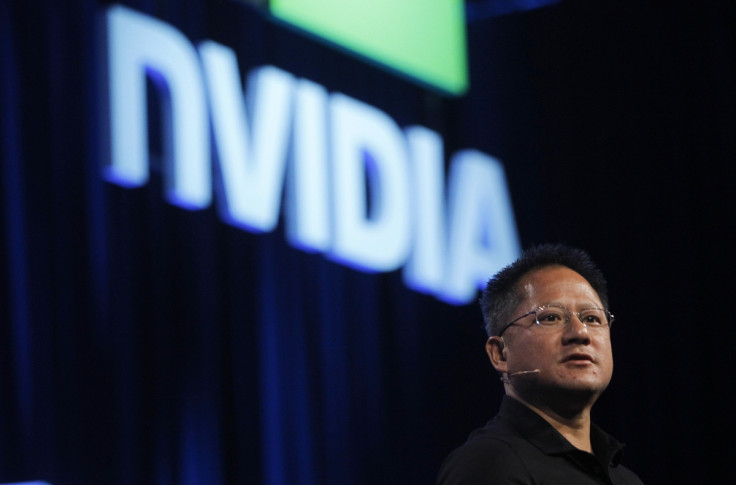Nvidia Tegra X1 superchip will power self-driving cars of the future

Nvidia has launched its latest mobile chip called the Tegra X1 but instead of being aimed at the latest smartphone or tablet, it could be used to power the self driving cars of the future.
Launched at the company's press conference at the Consumer Electronics Show (CES) in Las Vegas the Tegra X1 (previously codenamed Erista) is the first mobile chip to exceed 1 teraflops of throughput and to put it in context, that is the same performance as the world's most powerful supercomputer in 2001.
The Tegra X1 features eight processing cores alongside the company's new Maxwell GPU which was launched last year. Nvidia CEO Jen-Hsun Huang claimed the graphical quality of the Tegra X1 is comparable to the latest generation of consoles such as the Xbox One and PS4.
The difference however is in power efficiency with the Tegra X1 using just a tenth of the power of console processors. Huag also claimed the processing and graphical power of the X1 will easily beat that of the Tegra K1 which was launched last year as well as Apple's A8X chip which was launched in September and powers the iPhone 6 and iPad Air 2.
While the Tegra X1 will likely feature in a number of high-end smartphones and tablets during 2015, what is more interesting is how Nvidia is looking to leverage its power to help drive the latest innovations in the automotive industry.
In the short term Nvidia will look to help power in-car entertainment systems and digital displays with its Drive CX which the company called "the most advanced digital visual computing platform" and uses two Tegra X1 chips and can power up to two 4K displays, or four Full HD displays.
Analysts suggest that in the coming five years the number of displays in your car will grow exponentially, from around 1 megapixel today to 20 megapixels in 2020, allowing for virtually all surfaces to become a touch display.
Self-driving cars
What is even more interesting however is Nvidia's push into the self-driving car. Huang talked on stage about replacing the limited systems of sensors which are currently being used with cameras placed all around the car.
This system will be powered by a new platform called Drive PX, a system which will allow for up to 12 Full HD camera inputs with the video being processed by two Tegra X1 chips churning through 1.3 billion pixels per second.
The new system would use deep neural network computer vision which would allow for much more intuitive identification of objects all around the car, and thanks to cloud computing the system would be able to learn continuously to recognise more images.
A demo showed the system able to recognise multiple classes of objects (speed cameras, road signs, pedestrians) at once, as well as being able to recognise different types of vehicle from buses to police cars and vans.
The final part of the Drive PX system is Surround Vision which takes data from four fish-eye cameras on each side of the car to create a 350 degree of the car's environment. This will allow for much smarter self-parking features (or auto-valet as Nvidia dubs it).
© Copyright IBTimes 2025. All rights reserved.






















